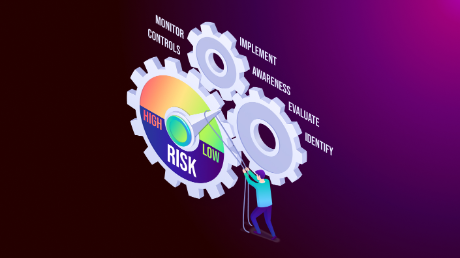
The collaboration between traditional banks and fintech companies has become one of the most transformative trends in modern finance. Instead of viewing fintechs purely as competitors, many banks are recognizing the strategic value of partnerships that combine the stability and customer trust of established financial institutions with the agility, creativity, and technology-driven solutions offered by fintech startups. These alliances are accelerating innovation across the sector, reshaping customer experiences, and redefining how financial services are delivered.
At the heart of these partnerships is the pursuit of efficiency and customer-centricity. Fintechs bring cutting-edge capabilities such as artificial intelligence, blockchain, open banking APIs, and digital lending platforms, while banks contribute large customer bases, regulatory expertise, and capital resources. Together, they are developing faster payment systems, streamlined lending processes, personalized financial advice, and advanced fraud detection tools. For customers, this means easier access to credit, seamless digital transactions, and tailored services that were once considered impossible within the constraints of traditional banking models.
Beyond customer-facing improvements, fintech partnerships are also helping banks modernize their internal operations. Legacy systems that were costly and difficult to upgrade are increasingly being replaced or enhanced by fintech-driven cloud solutions and real-time analytics platforms. This not only lowers costs but also improves compliance and risk management capabilities, making banks more resilient in a rapidly evolving regulatory and economic environment.
The implications extend well beyond convenience. As competition intensifies and customer expectations evolve, fintech collaborations are enabling banks to stay relevant in a digital-first economy. In emerging markets, these partnerships are bridging financial inclusion gaps by reaching underserved populations through mobile-first solutions. In developed economies, they are pushing the boundaries of wealth management, payments, and corporate banking.
While challenges remain—such as aligning regulatory compliance, managing data security, and ensuring fair value-sharing between partners—the momentum behind fintech-bank collaborations is undeniable. Rather than disrupting banks out of existence, fintech firms are increasingly seen as vital co-creators in building the next generation of financial services. For the global banking sector, these partnerships represent not just incremental improvements but a fundamental shift toward innovation-driven growth.
Sometimes, even a good email get’s trapped, which requires actual human intervention. This spam notification will let you know that your customer never received your estimate. Ensure to reach out to your customer and ask them to add happening.

Jessica Wright
Junior Editorial
Email: jessica.wright@theempiretimes.org
All stories by : Jessica Wright



















3 Comments
Ruth M. Reed
August 29, 2025 at 8:24 pmClear and timely analysis—this really helps make sense of recent market movements.
ReplyPhillip C. Baker
July 21, 2025 at 10:44 pmImpressive to see how much Big Tech is investing in R&D this year. 2025’s shaping up to be a turning point.
ReplySarah T. Coleman
July 11, 2025 at 14:44 pmGreat coverage on U.S. AI policy—finally some clarity for global investors.
Reply